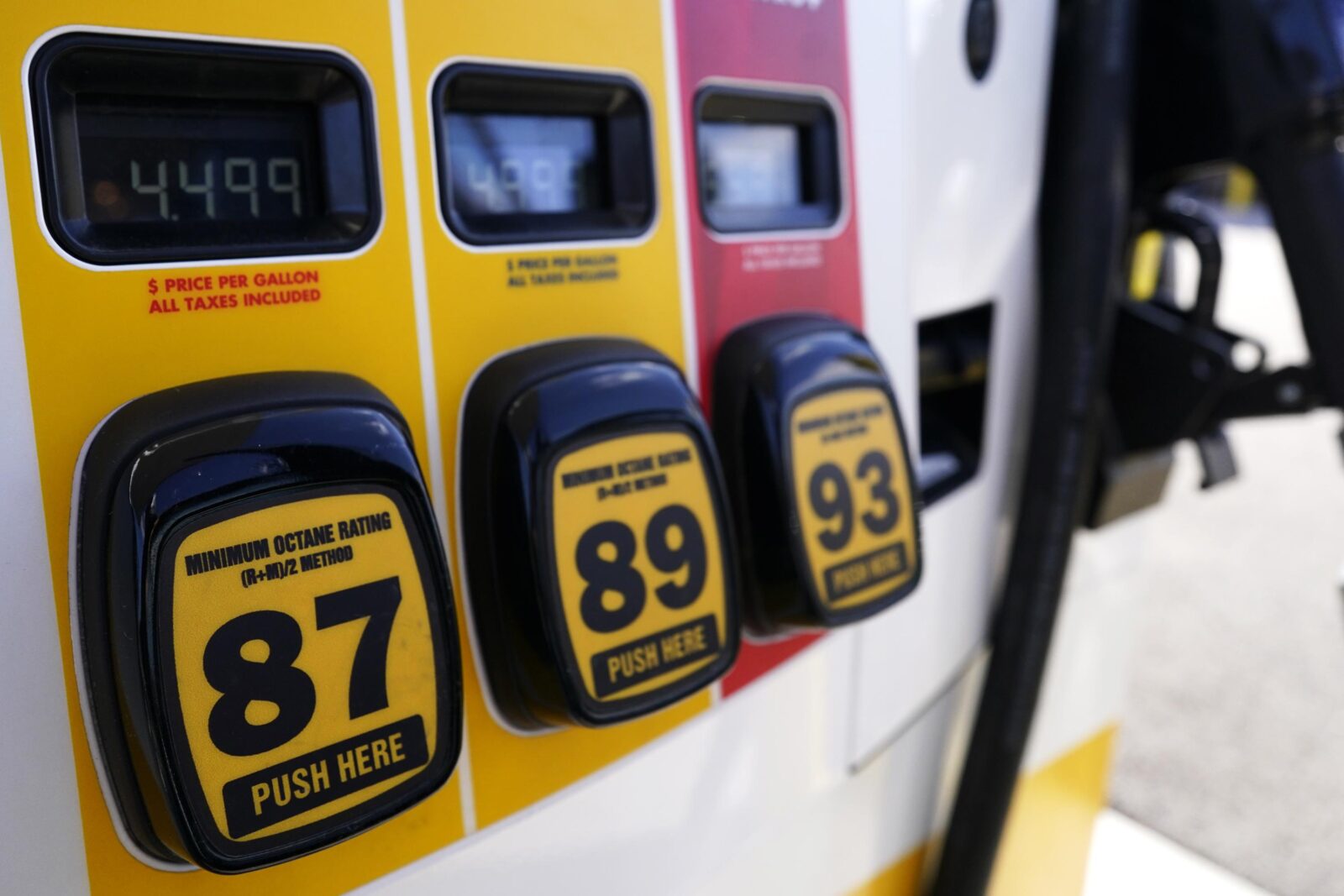
Consumer prices surged unexpectedly last month in the United States, indicating a stalemate in efforts to curb inflation.
According to the US Labor Department, prices climbed by 3.5% over the twelve months leading to March, up from February’s 3.2%.
The rise was primarily propelled by increased expenses in fuel, housing, dining out, and clothing.
Analysts cautioned that the lack of progress would compel the US central bank to maintain higher interest rates for an extended period.
Elevated interest rates aid in stabilizing prices by raising the cost of borrowing for business expansions and other expenditures.
This, theoretically, slows down economic activity, alleviating the pressures driving up prices.
However, the Federal Reserve’s primary interest rate is currently at its highest level in over twenty years, ranging between 5.25% to 5.5%.
Initially, forecasters anticipated the central bank to begin lowering borrowing costs this year, given the significant decrease in the inflation rate since its peak at 9.1% in 2022.
READ ALSO: US Election: Trump to Defeat Biden in Battleground States—WSJ Poll Reveals
Yet, recent economic indicators, including robust job creation figures from last week, have cast doubt on the timing of these cuts. Analysts, who previously anticipated rate cuts as early as March, are swiftly revising their forecasts. Many now foresee no cuts until later this summer, while some speculate that the bank might delay until next year.
Neil Birrell, chief investment officer at Premier Miton Diversified Funds, suggested that the Fed’s decision would likely influence central bankers worldwide. He noted, “The Fed has some puzzling decisions to make, and if other central banks were awaiting the Fed’s move, they now face a dilemma.”
Inflation moderated significantly throughout 2023 as supply issues from the pandemic era resolved, and the inflationary spike triggered by the conflict in Ukraine subsided. However, it still exceeds the central bank’s 2% target.
Recent increases in oil prices have further elevated energy costs, while service prices show little indication of stabilizing.
The Labor Department reported a 0.4% increase in prices from February to March, mirroring the increase seen in February.
Rising gasoline and housing expenses accounted for over half of the overall increase, with contributions from car insurance, medical care, and internet costs.
Core inflation, which excludes volatile food and energy prices and is considered a better gauge of future trends by economists, remained at 3.8%, consistent with February’s figure.
“We shouldn’t overreact to the jump in headline inflation – which was all about energy,” said Brian Coulton, chief economist at Fitch Ratings. But he added: “The details are not at all reassuring for the Fed.”









Leave a Reply